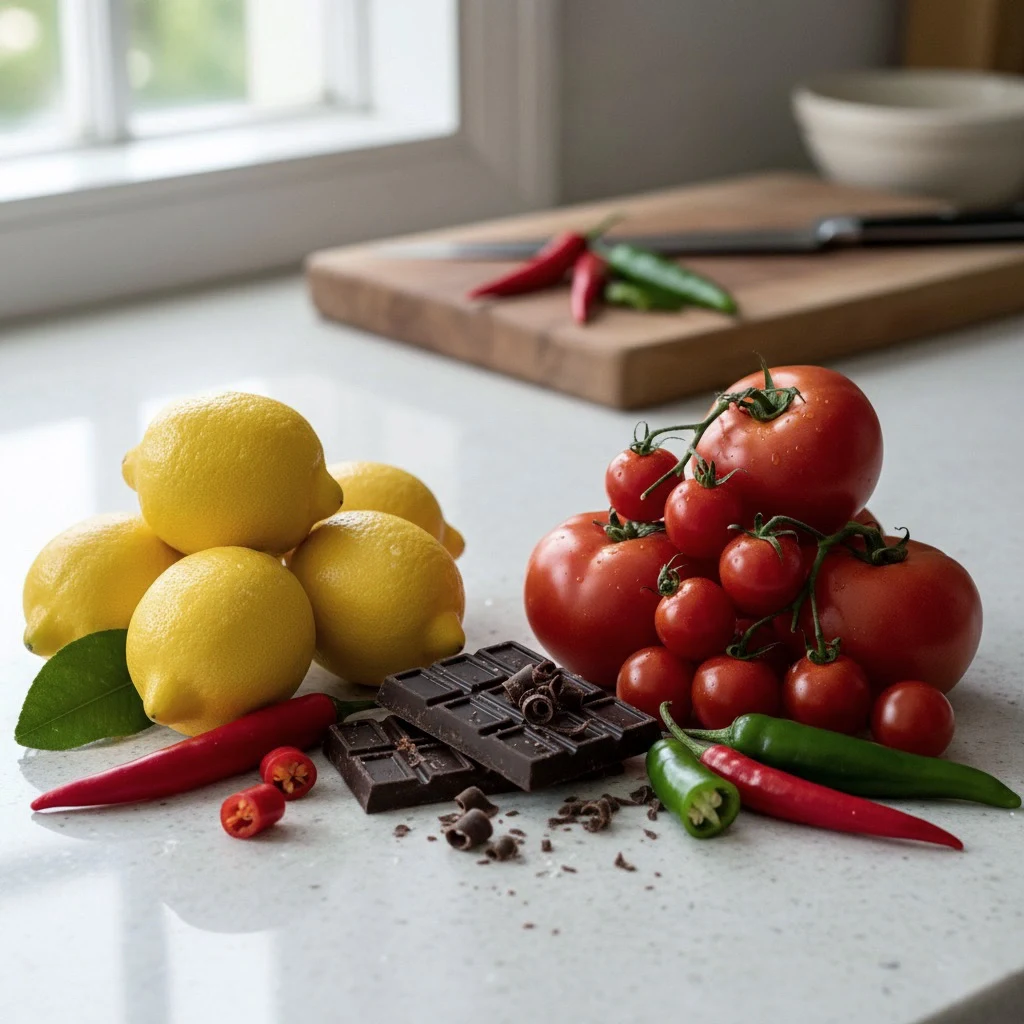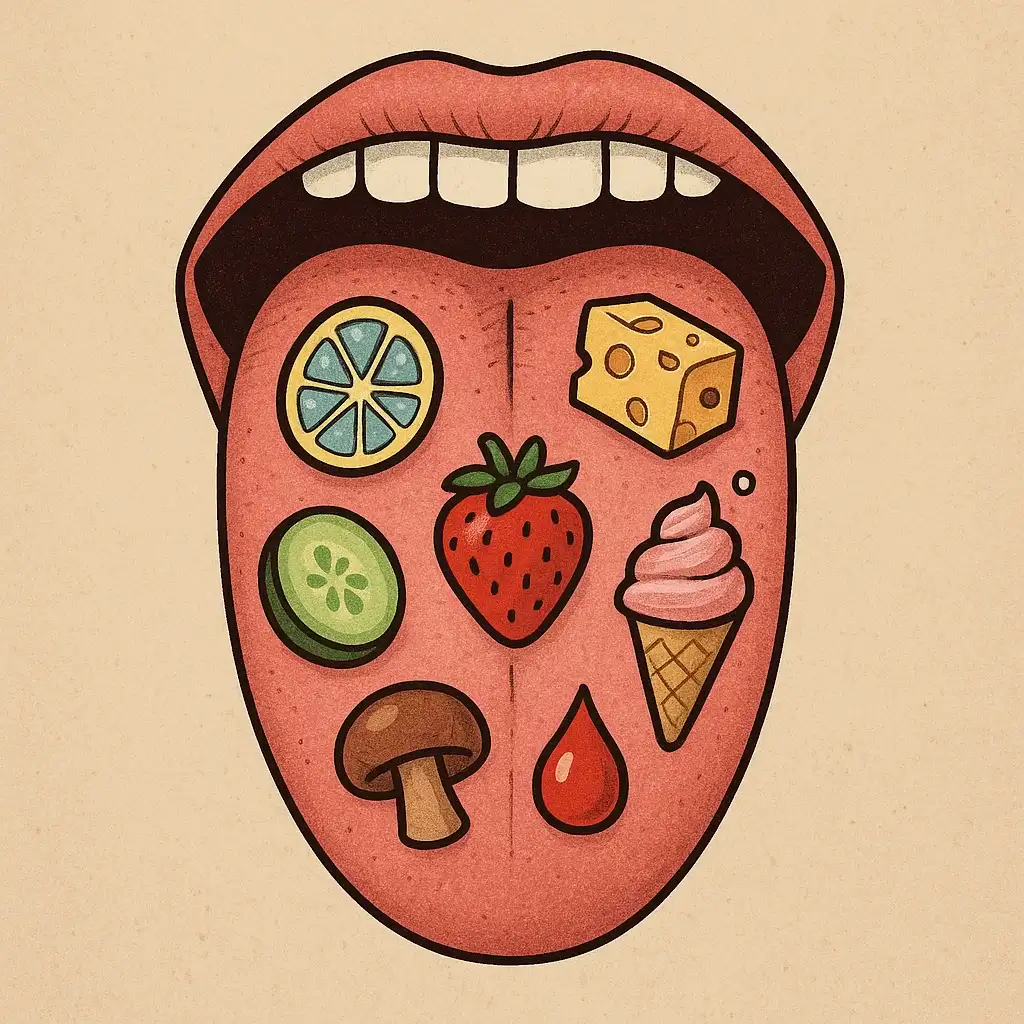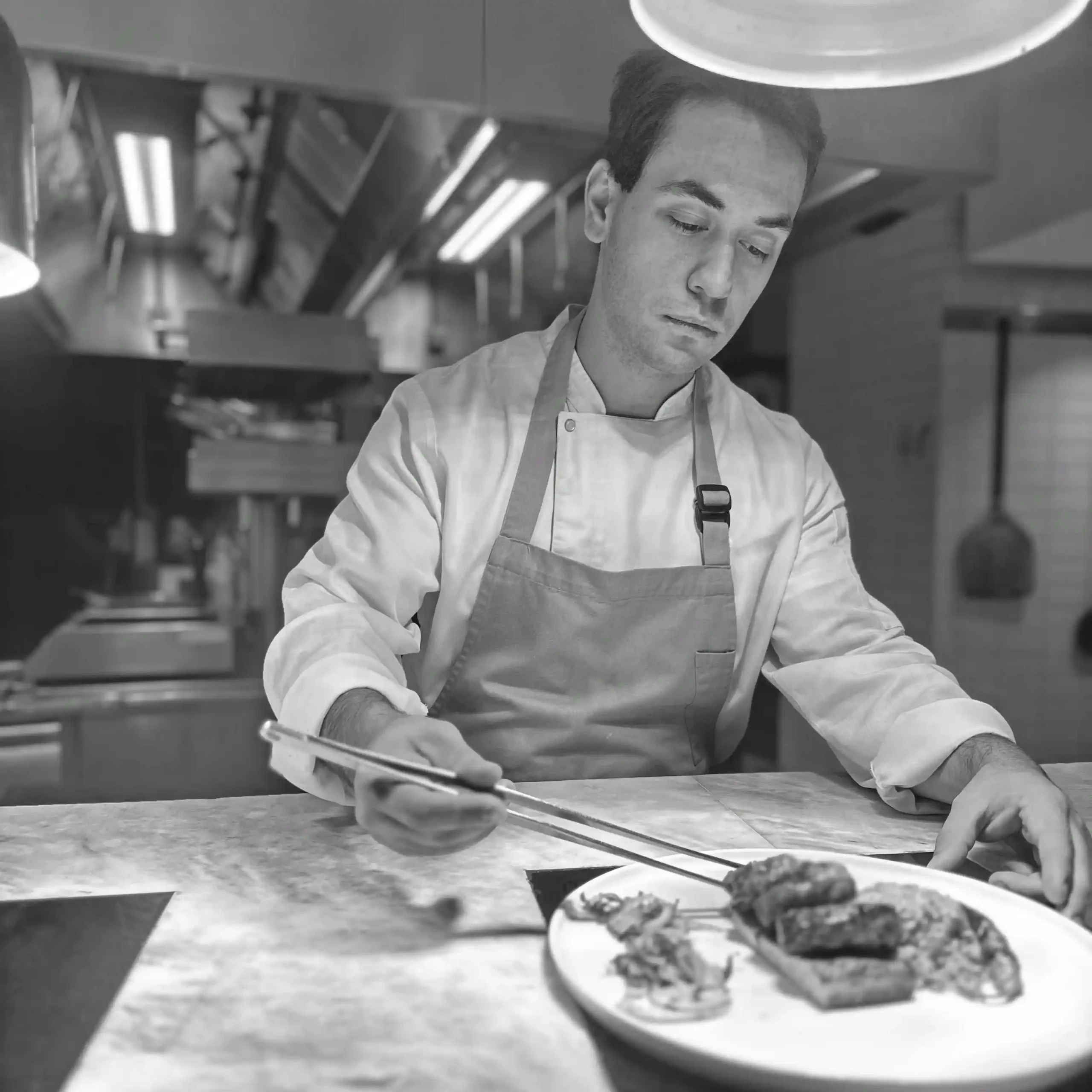
In the kitchen, we often come across the concepts of taste, aroma, and flavor.
And honestly, that’s no surprise.
Taste, aroma, and flavor work together as a whole, they are the elements that shape our sensory experience.
That’s why understanding what these words actually mean, and how they differ from one another is so important.
Now that we’ve made a short introduction, GastroCafer wishes you a pleasant read with “What Are Taste, Aroma, and Flavor?” 🙂
Taste: The Sensation Perceived by the Tongue

Taste is a sense perceived through the taste buds (receptors) located on our tongue.
It mainly classifies the characteristics of foods as sweet, salty, sour, bitter, and umami.
For example, the umami of a tomato, the sourness of a lemon, or the sweetness of chocolate are just a few of our taste experiences.
Aroma: The Perception of the Nose

Aroma arises from volatile compounds in foods that are detected by our nose.
When we eat, the retronasal smell (the scent that travels from the mouth to the nose) defines our aroma experience.
For instance, the warm scent of cinnamon, the sweet nuance of vanilla, and the distinctive intensity of cumin are all aromas.
Important Note
Aroma gives a dish its character and “signature.”
That’s why, in our pursuit of flavor, it’s impossible to separate taste from aroma.
Flavor: The Fusion of Taste and Aroma

Flavor emerges from the combination of taste and aroma.
Additionally, tactile sensations — like the heat of chili peppers or the cooling effect of mint — are also part of this whole.
In short, flavor is a holistic experience where we perceive food with all our senses.
A Bowl of Soup from GastroCafer!

Let’s bring it all together with a simple example.
When your nose is blocked, you crave a warm bowl of soup.
Imagine a steaming, golden-colored bowl of lentil soup in front of you.
You take a spoonful and feel a touch of saltiness on your tongue.
But wait!
Because your nose is blocked, you can’t sense the aroma of the cumin or the butter-fried chili flakes sprinkled on top.
No flavor at all!
As you can see, while your sense of taste struggles to work alone, the aromas provided by spices disappear.
And with them, the soup’s true flavor is gone.
Hopefully, with this final example, the differences between taste, aroma, and flavor have become crystal clear.
See you in my next article, stay well and keep exploring! 🙂
Continue your gastronomic journey with “How Long to Boil Potatoes?” and “The Chef’s Bloody Humor.”
Cafer Can Yeşilyurt
Useful References